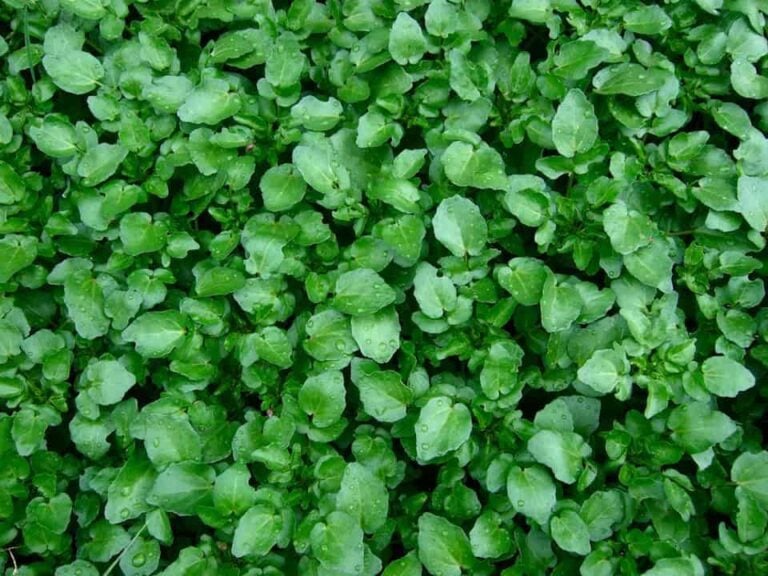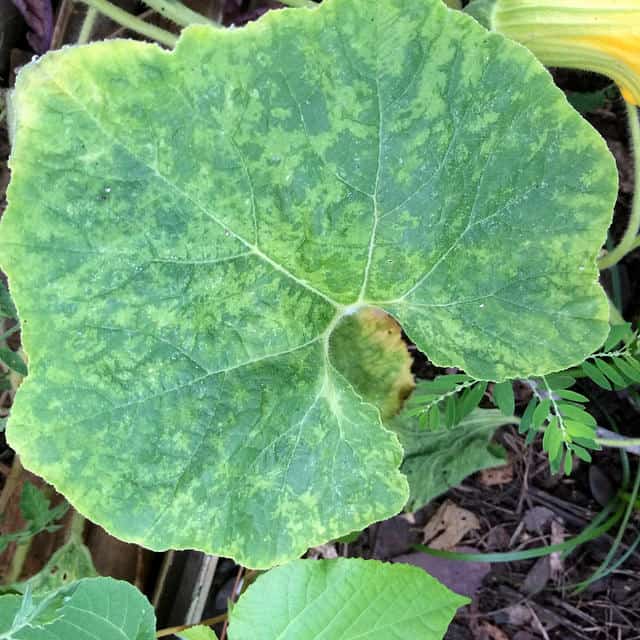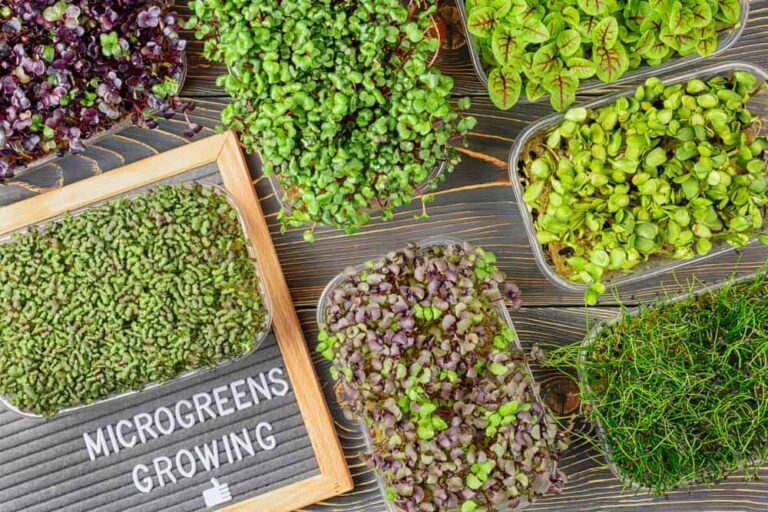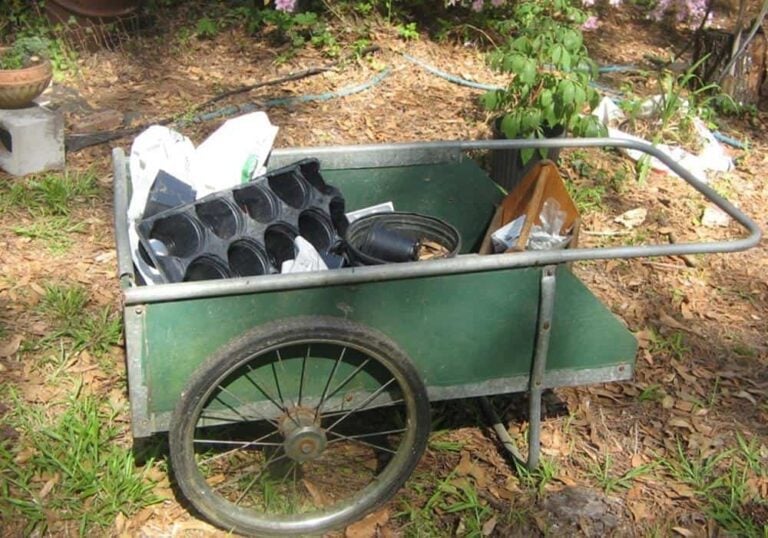How to Heat a Greenhouse: Some Top Tips
You have several options when it comes to heating your greenhouse. You can use conventional heating systems, powered by gas or electricity. You can also experiment with more sustainable and lower cost heating options, such as using compost or heat sinks. It’s not enough to heat your greenhouse. You also want to insulate it, to keep a sufficient amount of heat inside of your greenhouse.
Heating Options
It’s common for people to assume that greenhouses make their own heat, and in some ways, it’s true. The sunlight that floods into a glass or plastic encased greenhouse during the day, even on a cooler day, can raise the temperature inside into the triple digits.
But, glass and plastic often don’t work well as insulators and the heat will easily leave the greenhouse again once the sun goes down. According to Mother Earth News, the temperatures inside a greenhouse in Boulder, CO, ranged from 110 degrees Fahrenheit to 30 degrees Fahrenheit, all over the course of one day in October. Both 110 degrees and 30 degrees will make for unhappy plants.
To keep temperatures relatively steady in your greenhouse, you’ll need some type of heater, as well as some way to regulate the heat. Heating options can be pricey, but there are also ways to get heat for free or for a low cost.
Electric vs. Gas Heating
One conventional way to heat your greenhouse is to use either a gas or electrically powered heater. Both gas and electric energy sources have their benefits and disadvantages. Gas tends to be less expensive than electric, but as the Royal Horticultural Society notes, requires a fair amount of ventilation to keep the plants from suffocating.
Any cost savings you’d see from use gas over electric would be eaten up by the cost of needing to keep your greenhouse well ventilated.
If your greenhouse has a power supply, an electric heater can be the way to go, if you don’t mind paying to keep the space warm. The heater should have a fan on it, to help push the heat through the greenhouse. Put the heater at one end of the greenhouse, away from water or other flammable materials.
A heater with a built-in thermostat can be ideal. You don’t want the greenhouse to get too hot, nor do you want temperatures to fall too low. According to the UGA Extension, many plants do best when temperatures are between 70 and 80 degrees Fahrenheit during the day and a few degrees lower at night.
To keep your greenhouse from overheating and to keep your energy bills from skyrocketing, program the heater’s thermostat so that it cycles on when the temperature falls to a certain amount and clicks off once it reaches a temperature between 70 and 80 degrees.
Heat with Compost
Compost doesn’t just provide you with fertilizer made from waste products. Putting a compost pile inside your greenhouse can also serve a heating source.
Some compost piles generate quite a lot of heat. Usually, hot compost piles contain some sort of manure, from horses or other farm animals. According to Oregon State University Extension, a hot compost pile can reach up to 150 degrees Fahrenheit. The heat that radiates off of the pile is sufficient enough to keep greenhouses in even the chilliest of areas warm.
In the video from Gaetan Productions, a gardener walks you through his greenhouse and explains the different methods he uses to keep it warm. One of his methods is to make a hot compost pile by mixing a bale of hay with horse manure.
Often, gardeners who use compost to heat their greenhouses use other heating options too. One common option is to place a thermal mass or heat sink somewhere in the greenhouse.
The heat sink absorbs heat from the sun during the day. At night, it radiates the heat back out, keeping the greenhouse relatively warm. A popular heat sink option is to use barrels full of water. Painting the barrels black can help increase their ability to absorb heat.
In the video above, sustainable gardener Jonathan Bates takes you on a tour of his bio-shelter, which he heats with heat sinks, compost and insulation. Bates not only uses water barrels to provide to his greenhouse, but he also keeps goldfish in the tanks and uses the water to grow greens.
Heat the Plants, Not the Air
Heating the air around your plants might not be sufficient. In some cases, it’s more important that the roots and soil be kept warm, not the air itself. That’s where using heating mats can come handy.
The mats are placed beneath the soil pots and help keep the root zones of plants at the right temperature. They are particularly helpful when you are starting seeds and need the soil in one area of your greenhouse to be at a particular temperature.
Insulate Your Greenhouse
Part of the issue with heating a greenhouse is that the heat can dissipate quickly. Glass panes and plastic sheeting aren’t exactly known for their great insulating abilities.
You have a few options when it comes to adding insulation to a greenhouse. For starters, you can choose the location of the greenhouse so it’s up against a solid wall, which will not only provide insulation but will also act as a heat sink.
If your greenhouse is already up and is freestanding, adding a layer of insulation, such as bubble wrap, around the walls can help. According to the American Orchid Society, the bubble wrap needs to be applied correctly or else it won’t be much help.
You can also choose to insulate or protect specific plants, rather than adding insulation to your entire greenhouse. Draping plants with horticultural fleece can keep them warm on chilly nights, for example.
Keeping your greenhouse at the right temperature will keep your plants happy and healthy. If you love gardening, the extra effort and cost of heating a greenhouse can be worth it.




![Best Small Greenhouses (Ultimate Guide [year])](https://properlyrooted.com/wp-content/uploads/2022/10/image00-46-1-768x532.jpg)


I searched for “wv clay soil lawn grass” and up comes an article for Virginia. “WV” is the zip code abbreviation for “West Virginia,” a completely different state from Virginia.
A completely different state. Searches for “West Virginia” should not turn up articles for Virginia. They are not pertinent.
Can you correct this error? It’s as if I searched for wv and got a site for Texas.